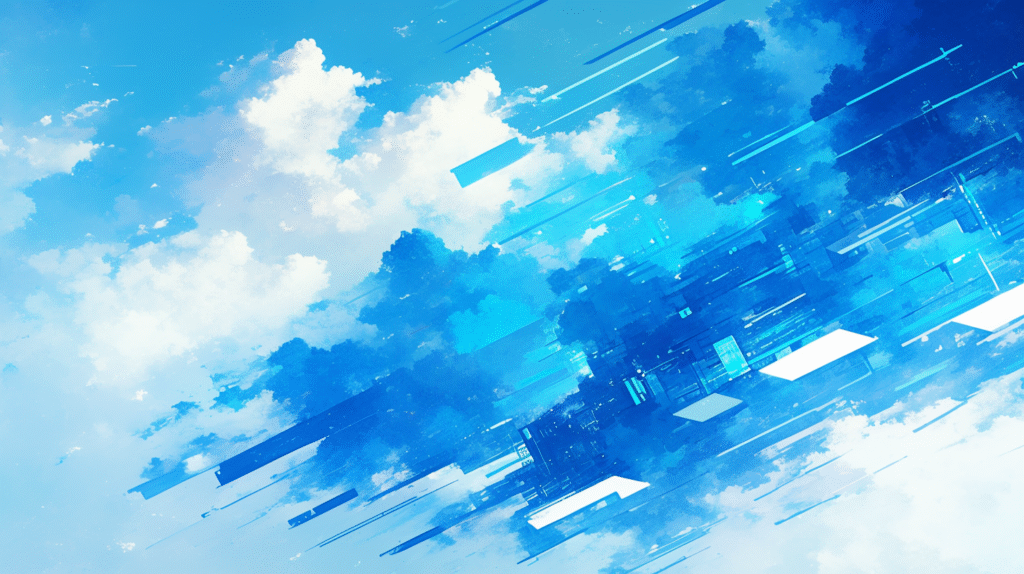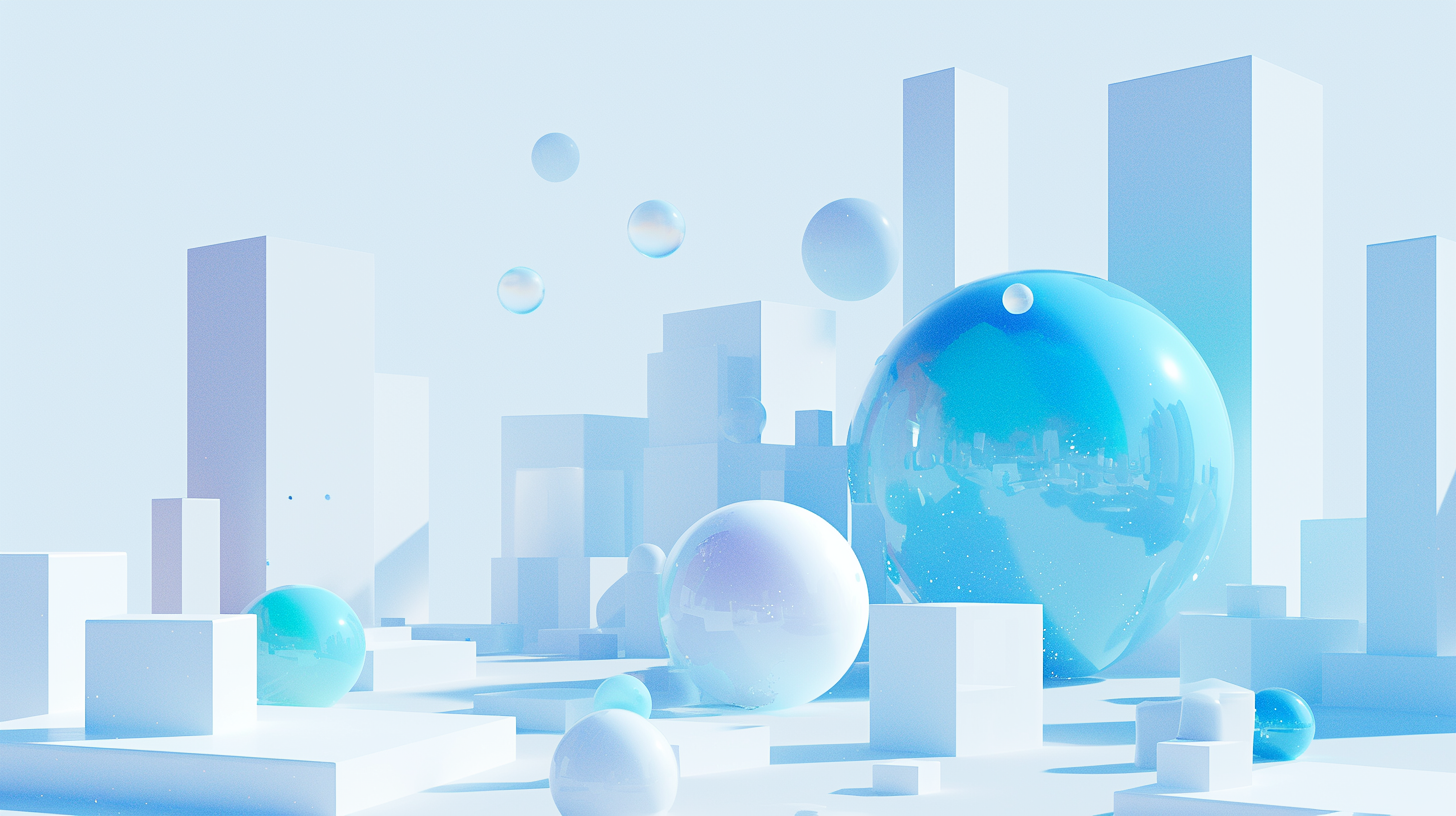スマホアプリを使っているとき、ボタンの位置やテキストの配置など、画面のデザインが気になったことはありませんか?
実は、Androidアプリの画面の多くはXMLレイアウトというファイルで作られているんです。
「XMLレイアウトって何?」
「どうやって使うの?」
「自分でも作れるの?」
この記事では、アプリ開発に興味がある方に向けて、XMLレイアウトの基本から実践的な使い方まで、分かりやすく解説していきます。
XMLレイアウトとは:アプリ画面の設計図

XMLレイアウトとは、Androidアプリの画面デザインをXML形式で記述したファイルのことです。
もっと簡単に言うと、アプリの見た目を作るための「設計図」のようなものですね。
なぜXMLで書くの?
プログラミングコード(JavaやKotlin)で直接画面を作ることもできますが、XMLを使うといくつかのメリットがあります。
- 見やすい:画面のデザインとプログラムのロジックを分けられる
- 編集しやすい:デザインの変更が簡単にできる
- プレビューできる:Android Studioで実際の見た目を確認しながら作業できる
家を建てるときに設計図があると便利なように、アプリを作るときもXMLレイアウトがあると便利なんです。
XMLレイアウトの基本構造
まずは、シンプルなXMLレイアウトの例を見てみましょう。
<?xml version="1.0" encoding="utf-8"?>
<LinearLayout xmlns:android="http://schemas.android.com/apk/res/android"
android:layout_width="match_parent"
android:layout_height="match_parent"
android:orientation="vertical">
<TextView
android:layout_width="wrap_content"
android:layout_height="wrap_content"
android:text="こんにちは!" />
<Button
android:layout_width="wrap_content"
android:layout_height="wrap_content"
android:text="押してね" />
</LinearLayout>このコードで、「こんにちは!」というテキストと「押してね」というボタンが縦に並んだ画面ができあがります。
構造を分解してみよう
1. XML宣言
<?xml version="1.0" encoding="utf-8"?>「これはXMLファイルですよ」という宣言です。
2. ルートレイアウト
<LinearLayout ...>画面全体を包む大きな箱のようなもの。この中にいろいろな部品を配置していきます。
3. UI部品(View)
<TextView ... />
<Button ... />テキストやボタンなど、実際に画面に表示される部品です。
主なレイアウトの種類
XMLレイアウトには、いくつかの種類があります。それぞれ配置の仕方が違うので、目的に合わせて使い分けましょう。
1. LinearLayout(リニアレイアウト)
部品を一列に並べるレイアウトです。
<LinearLayout
android:layout_width="match_parent"
android:layout_height="match_parent"
android:orientation="vertical">
<!-- 縦に並ぶ -->
</LinearLayout>特徴:
- 縦(vertical)または横(horizontal)に並べられる
- シンプルで分かりやすい
- メニューやリスト向き
使用例:
- ログイン画面(テキスト、入力欄、ボタンを縦に並べる)
- 設定画面のリスト
- ツールバー(アイコンを横に並べる)
2. RelativeLayout(レラティブレイアウト)
部品同士の位置関係で配置するレイアウトです。
<RelativeLayout
android:layout_width="match_parent"
android:layout_height="match_parent">
<Button
android:id="@+id/button1"
android:layout_width="wrap_content"
android:layout_height="wrap_content"
android:layout_centerInParent="true"
android:text="中央のボタン" />
<TextView
android:layout_width="wrap_content"
android:layout_height="wrap_content"
android:layout_below="@id/button1"
android:text="ボタンの下" />
</RelativeLayout>特徴:
- 「この部品の右側」「画面の中央」など相対的な位置で配置
- 柔軟なデザインが可能
- 複雑な画面に向いている
使用例:
- プロフィール画面(写真の横に名前、その下に説明文など)
- チャット画面
- カスタムなUI
3. ConstraintLayout(コンストレイントレイアウト)
最も強力で柔軟なレイアウトで、現在推奨されている方式です。
<androidx.constraintlayout.widget.ConstraintLayout
xmlns:android="http://schemas.android.com/apk/res/android"
xmlns:app="http://schemas.android.com/apk/res-auto"
android:layout_width="match_parent"
android:layout_height="match_parent">
<Button
android:id="@+id/button"
android:layout_width="wrap_content"
android:layout_height="wrap_content"
android:text="ボタン"
app:layout_constraintTop_toTopOf="parent"
app:layout_constraintStart_toStartOf="parent" />
</androidx.constraintlayout.widget.ConstraintLayout>特徴:
- 制約(constraint)を使って位置を決める
- パフォーマンスが良い
- Android Studioのビジュアルエディタで編集しやすい
使用例:
- 複雑なレイアウト全般
- レスポンシブデザイン
- 最新のアプリ開発
4. FrameLayout(フレームレイアウト)
部品を重ねて配置するレイアウトです。
<FrameLayout
android:layout_width="match_parent"
android:layout_height="match_parent">
<ImageView
android:layout_width="match_parent"
android:layout_height="match_parent"
android:src="@drawable/background" />
<TextView
android:layout_width="wrap_content"
android:layout_height="wrap_content"
android:text="画像の上に文字" />
</FrameLayout>特徴:
- 部品が重なって表示される
- シンプルな構造
- フラグメントの切り替えに使われる
使用例:
- 画像の上にテキストを重ねる
- ローディング画面
- タブレイアウトの内容部分
よく使うUI部品(View)
XMLレイアウトで使える主なUI部品を紹介します。
TextView(テキストビュー)
文字を表示する部品です。
<TextView
android:layout_width="wrap_content"
android:layout_height="wrap_content"
android:text="表示する文字"
android:textSize="18sp"
android:textColor="#000000" />Button(ボタン)
押せるボタンです。
<Button
android:layout_width="wrap_content"
android:layout_height="wrap_content"
android:text="クリック"
android:onClick="onButtonClick" />EditText(エディットテキスト)
文字を入力できる欄です。
<EditText
android:layout_width="match_parent"
android:layout_height="wrap_content"
android:hint="ここに入力"
android:inputType="text" />ImageView(イメージビュー)
画像を表示する部品です。
<ImageView
android:layout_width="100dp"
android:layout_height="100dp"
android:src="@drawable/icon"
android:contentDescription="アイコン画像" />CheckBox(チェックボックス)
チェックのオン・オフができる部品です。
<CheckBox
android:layout_width="wrap_content"
android:layout_height="wrap_content"
android:text="同意する" />サイズ指定の基本
XMLレイアウトでは、部品のサイズを指定する必要があります。
よく使う3つの指定方法
1. match_parent(マッチペアレント)
親要素(外側の箱)いっぱいに広がります。
android:layout_width="match_parent"使用例:画面全体に広がる背景やヘッダー
2. wrap_content(ラップコンテント)
内容に合わせて自動的にサイズが決まります。
android:layout_height="wrap_content"使用例:テキストの長さに合わせたボタン
3. 具体的な数値(dp、sp)
具体的なサイズを指定します。
android:layout_width="200dp"
android:textSize="16sp"dp(density-independent pixels):画面の大きさに関係なく同じサイズになる単位
sp(scale-independent pixels):文字サイズ用の単位。ユーザーの設定に合わせて変わる
余白と配置の調整
画面をきれいに見せるには、余白(マージンやパディング)の調整が大切です。
マージン(margin):外側の余白
<Button
android:layout_width="wrap_content"
android:layout_height="wrap_content"
android:text="ボタン"
android:layout_margin="16dp"
android:layout_marginTop="24dp" />layout_margin:四方向の余白layout_marginTop:上だけの余白layout_marginBottom:下だけの余白layout_marginStart:左側の余白layout_marginEnd:右側の余白
パディング(padding):内側の余白
<TextView
android:layout_width="wrap_content"
android:layout_height="wrap_content"
android:text="テキスト"
android:padding="8dp"
android:paddingTop="16dp" />マージンとパディングの違い:
- マージン:部品の外側の空間
- パディング:部品の内側(枠と内容の間)の空間
実践例:ログイン画面を作ってみよう
実際にログイン画面のXMLレイアウトを作ってみましょう。
<?xml version="1.0" encoding="utf-8"?>
<LinearLayout xmlns:android="http://schemas.android.com/apk/res/android"
android:layout_width="match_parent"
android:layout_height="match_parent"
android:orientation="vertical"
android:padding="24dp"
android:gravity="center">
<!-- タイトル -->
<TextView
android:layout_width="wrap_content"
android:layout_height="wrap_content"
android:text="ログイン"
android:textSize="24sp"
android:textStyle="bold"
android:layout_marginBottom="32dp" />
<!-- メールアドレス入力 -->
<EditText
android:id="@+id/emailInput"
android:layout_width="match_parent"
android:layout_height="wrap_content"
android:hint="メールアドレス"
android:inputType="textEmailAddress"
android:layout_marginBottom="16dp" />
<!-- パスワード入力 -->
<EditText
android:id="@+id/passwordInput"
android:layout_width="match_parent"
android:layout_height="wrap_content"
android:hint="パスワード"
android:inputType="textPassword"
android:layout_marginBottom="24dp" />
<!-- ログインボタン -->
<Button
android:id="@+id/loginButton"
android:layout_width="match_parent"
android:layout_height="wrap_content"
android:text="ログイン"
android:textSize="16sp" />
<!-- 新規登録リンク -->
<TextView
android:layout_width="wrap_content"
android:layout_height="wrap_content"
android:text="新規登録はこちら"
android:textColor="#2196F3"
android:layout_marginTop="16dp" />
</LinearLayout>このレイアウトのポイント:
- LinearLayoutを使用:要素を縦に並べる
- padding設定:画面端からの余白を確保
- gravity=”center”:要素を画面中央に配置
- 適切なinputType:メールとパスワードで異なる入力形式
- margin設定:要素間に適切な間隔
XMLレイアウトのメリット
なぜXMLでレイアウトを書くのか、メリットを整理しましょう。
メリット1:デザインとコードの分離
プログラムのロジック(JavaやKotlin)とデザイン(XML)を分けられます。
これにより:
- デザイナーとプログラマーが分業できる
- デザインの変更がプログラムに影響しない
- コードが読みやすくなる
メリット2:ビジュアルエディタが使える
Android Studioでは、XMLを編集しながら実際の見た目をプレビューできます。
コードを書かなくても、マウスでドラッグ&ドロップして画面を作ることも可能です。
メリット3:再利用しやすい
一度作ったレイアウトは、他の画面でも使い回せます。
<include layout="@layout/header" />このように、共通部分を別ファイルにして読み込むこともできるんです。
メリット4:多言語対応が簡単
同じレイアウトファイルで、言語ごとに異なるテキストを表示できます。
android:text="@string/welcome_message"このように書くと、日本語環境では日本語、英語環境では英語が自動的に表示されます。
よくある間違いと注意点
XMLレイアウトを書くときの、よくある失敗を紹介します。
間違い1:idの設定忘れ
プログラムから部品を操作するには、idが必要です。
間違い:
<Button
android:layout_width="wrap_content"
android:layout_height="wrap_content"
android:text="ボタン" />正しい:
<Button
android:id="@+id/myButton"
android:layout_width="wrap_content"
android:layout_height="wrap_content"
android:text="ボタン" />間違い2:サイズ指定の単位ミス
文字サイズにはsp、レイアウトサイズにはdpを使いましょう。
避けるべき:
android:textSize="16dp" <!-- 文字にdpは使わない -->
android:layout_width="100px" <!-- pxは画面によって見た目が変わる -->推奨:
android:textSize="16sp"
android:layout_width="100dp"間違い3:ネストの深すぎるレイアウト
レイアウトの中にレイアウトを何重にも入れると、アプリの動作が遅くなります。
避けるべき例:
<LinearLayout>
<LinearLayout>
<LinearLayout>
<LinearLayout>
<!-- 深すぎる! -->
</LinearLayout>
</LinearLayout>
</LinearLayout>
</LinearLayout>対策:
- ConstraintLayoutを使う
- レイアウトの階層を浅くする工夫をする
XMLレイアウトを学ぶコツ
これからXMLレイアウトを学ぶ方へ、上達のコツをお伝えします。
コツ1:実際に書いてみる
読むだけでなく、実際にAndroid Studioで書いてみることが大切です。
エラーが出ても大丈夫。試行錯誤しながら学んでいきましょう。
コツ2:既存のアプリを分析する
使っているアプリの画面を見て、「これはどうやって作られているんだろう?」と考えてみましょう。
「このボタンはLinearLayoutで配置されているな」など、想像するだけでも勉強になります。
コツ3:公式ドキュメントを読む
Androidの公式サイトには、詳しい解説があります。
分からないことがあったら、まず公式ドキュメントを確認する習慣をつけましょう。
コツ4:テンプレートから始める
最初から全部自分で書くのは大変です。
Android Studioのテンプレート機能を使って、基本的な画面から始めるのがおすすめです。
まとめ:XMLレイアウトはアプリの「顔」を作る技術
XMLレイアウトについて、重要なポイントをおさらいしましょう。
XMLレイアウトとは:
Androidアプリの画面デザインを記述するXMLファイル
主なレイアウトの種類:
- LinearLayout:一列に並べる
- RelativeLayout:相対的な位置で配置
- ConstraintLayout:制約で柔軟に配置(推奨)
- FrameLayout:重ねて配置
基本的な部品:
TextView、Button、EditText、ImageView、CheckBoxなど
サイズ指定:
- match_parent:親要素いっぱい
- wrap_content:内容に合わせる
- dp/sp:具体的な数値
メリット:
- デザインとコードの分離
- ビジュアルエディタが使える
- 再利用しやすい
- 多言語対応が簡単
XMLレイアウトは、Androidアプリ開発の基本中の基本です。
最初は難しく感じるかもしれませんが、実際に手を動かして画面を作っていくうちに、だんだんと理解できるようになります。
「こんな画面を作りたい!」というアイデアがあれば、XMLレイアウトを使って実現できるんです。
アプリの「顔」となる画面を、自分の手で作る楽しさをぜひ体験してみてください。プログラミングの世界が、もっと面白くなるはずですよ!







コメント